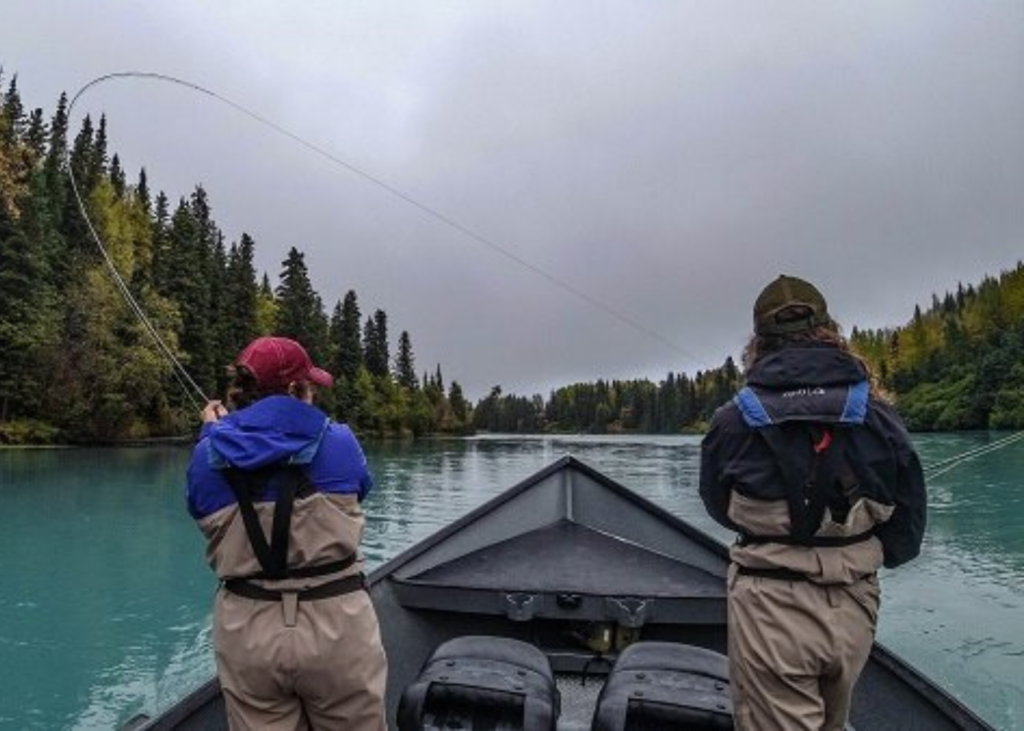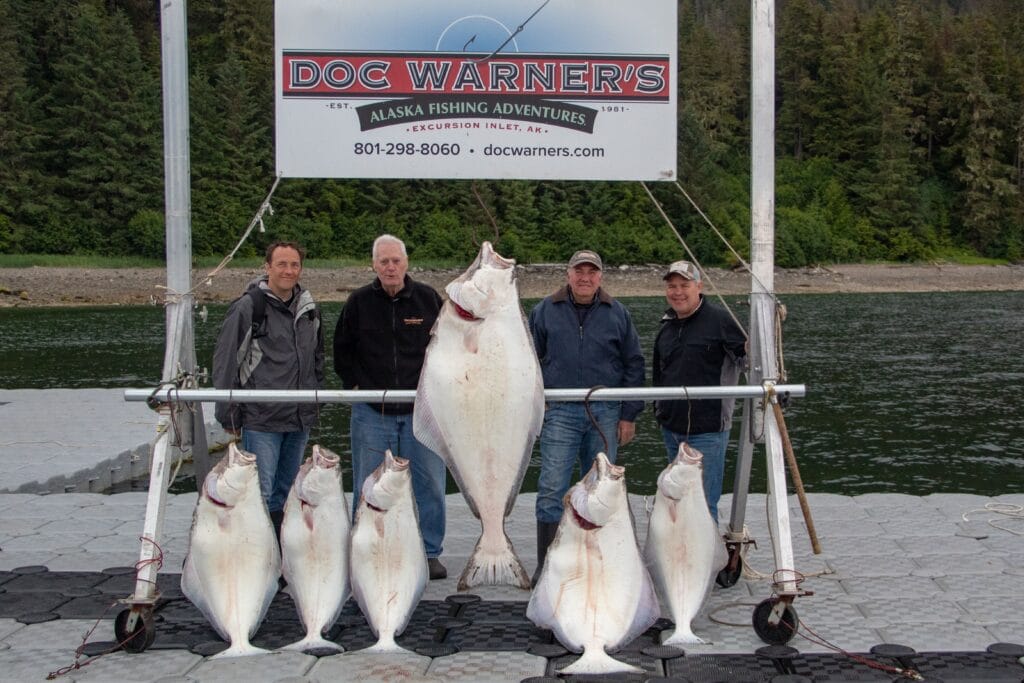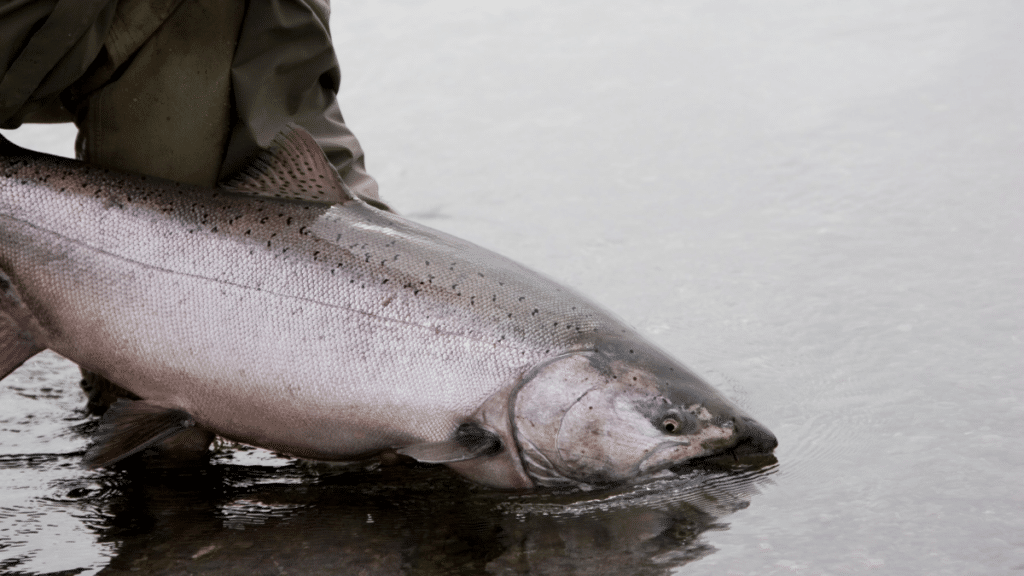Whenever or wherever you go for your fishing trip, Alaska fish species will always provide unique fishing opportunities. In this article, we’ll guide you through some of the Alaska fish species to be found in your fishing adventure, and when to find them.
The 5 Types of Pacific Salmon
The most amazing thing about the biodiversity of Alaska fish species is the fact that you can fish all 5 species of Pacific salmon. The saltwater bodies in Alaska carry that abundance of fish that supports both commercial and sporting fish enterprises all over this great northern state. Let’s do a quick rundown of these species as well as info on when and where you can find them.
Sockeye Salmon
One of the smaller types of salmon, also known as “red salmon” in Alaska because of how its head turns green and its body turns red when in freshwater. Sockeye run June-July and are the fewest in number. They can be tricky to catch because they generally don’t take a lure. Snagging is a common way to catch these beautiful fish. This species is high in Omega-3s, has a strong flavor, and is a good choice for grilling.
King Salmon
One of the most popular and most challenging catches in Alaska, and also one of the most rewarding. King Salmon is one of those Alaska fish species that make the trip worth it! The Alaska King salmon can grow as large as almost a hundred pounds (once in a lifetime catches!), and most you’ll find in Alaska will be between 20 to 50 pounds. These are most prevalent from June to early July. A king stamp is required to fish for these fish. They have firm meat and are good for grilling.
Silver Salmon
What makes silver salmon also known as Coho, stand out among other fish species in Alaska is how much they struggle when they bite, and how hard they can strike that hook. They can even throw themselves upwards while trying to get rid of your hook. They are available mostly from July through September. Their firm meat has a milder flavor than King or Sockeye and is considered the very best for grilling.
Chum Salmon
Chum salmon are very common in Alaskan waters, and with a lot of fishing spots on local rivers where they are abundant. They are found for the most part in July, with most of the general salmon population. Chum Salmon are found in deeper water and are a good choice for smoking.
Pink Salmon
Pink Salmon are the most common and abundant of all salmon species. They are found throughout the entire season, most prevalent between June to mid-August. Their softer meat lends itself to stews, salmon cakes, and the grill.
Halibut Fishing in Alaska
Halibut is always in supply year-round, being at their most strong and hungry during the summer months of June through September. These large fish provide a good battle even for more experienced fishermen, though, so get ready!
Common Catches
The following are fish that are also prevalent in Alaskan waters, and you should know about them, so that you’re not surprised whenever you see them.
Pacific Cod
Pacific cod is often seen as a common and a not-so-treasured catch, given its tendency to bite aggressively and to travel in large schools. There are plenty of recipes with Pacific cod, and you’ll find them in all seasons. It is becoming more popular and is the fish you usually find in a fish sandwich at a fast-food restaurant. They can be used as bait for halibut.
Rockfish
Rockfish is a catch-all term that refers to several different species of fish. Black, red, yellow eye to name a few. These, like the pacific cod, are also found in large schools and are abundant throughout the entire season, and unlike the cod, can be found at almost any depth. It is important to be able to identify which species since some are illegal to catch and others have small limits.
If you are curious about the fish that can be caught around Alaskan waters, why not come catch some and see them for yourself? You can book a fishing trip to Alaska now and see what types of Alaska Fish Species await.

















